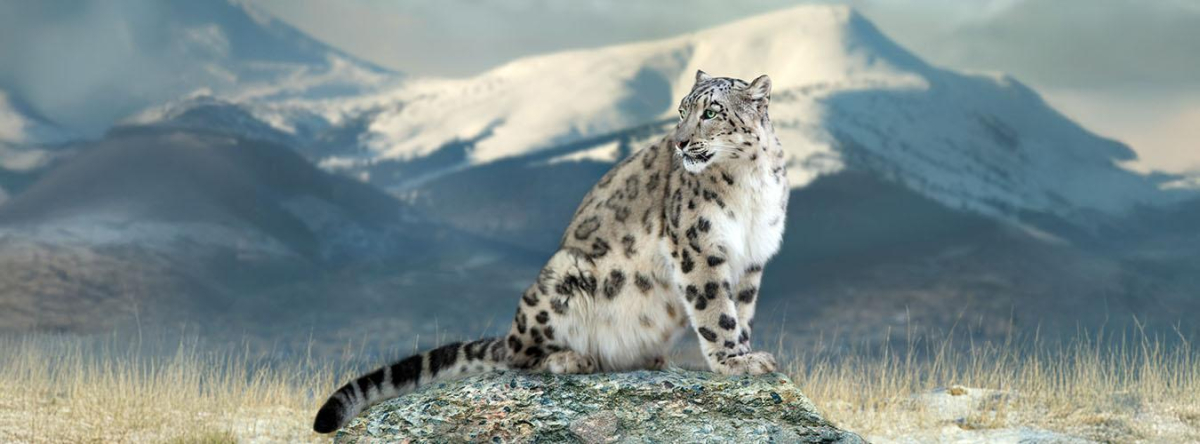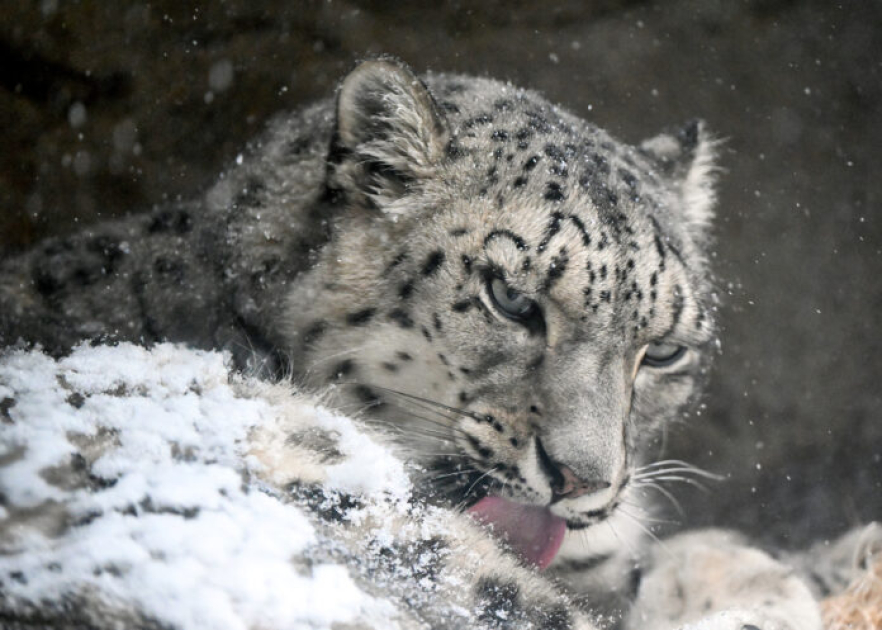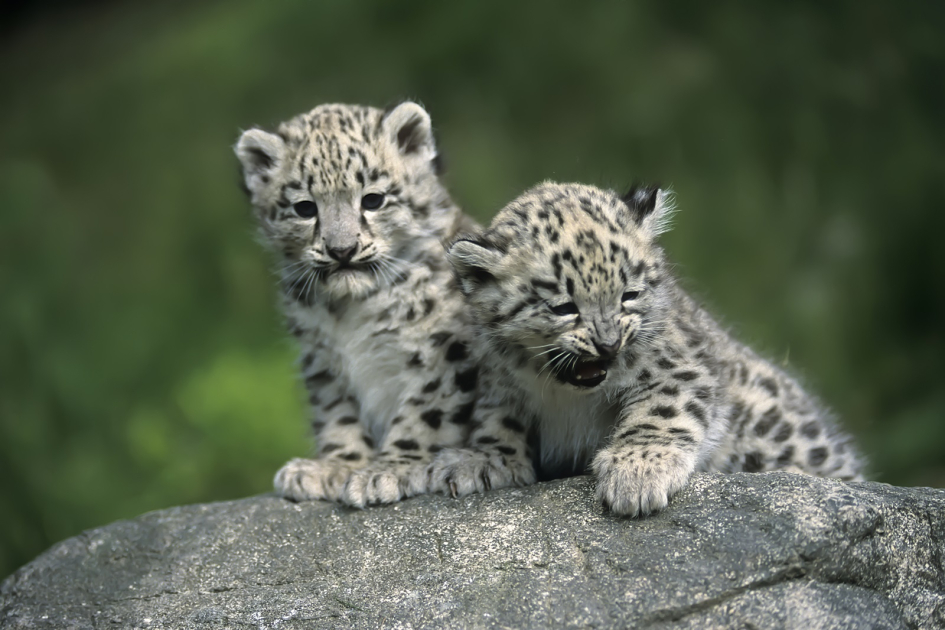23 October marks International Day of Snow Leopard



Baku, October 23, AZERTAC
Big cats are elusive, but the snow leopard, especially so. Locals living alongside the leopards often refer to them as the ‘ghosts of the mountains’ as they are hardly ever seen, according to UN.
The snow leopard (Panthera uncia) is found in the high mountain regions of Asia. It is an iconic and ecologically significant species found across the mountainous areas, including in Afghanistan, Bhutan, China, India, Kazakhstan, Kyrgyzstan, Mongolia, Nepal, Pakistan, the Russian Federation, Tajikistan and Uzbekistan.
The snow leopard has been listed in appendix I to the Convention on International Trade in Endangered Species of Wild Fauna and Flora (CITES) since 1975, and in appendix I to the Convention on the Conservation of Migratory Species of Wild Animals since 1986. Also, the snow leopard’s population was classified as “vulnerable” on the International Union for Conservation of Nature Red List of Threatened Species in 2017 and is facing a high risk of extinction in the wild in the medium-term future.
The greatest threats to the survival of the snow leopard are habitat loss and fragmentation, prey depletion and illicit trafficking, illegal hunting, including poaching, and climate change.
International Day of the Snow Leopard
In 2024, the General Assembly proclaimed 23 October as International Day of the Snow Leopard in order to enhance international and regional cooperation in support of efforts to conserve the snow leopard, given its role in the overall ecosystem.
The General Assembly stressed the urgent need to address the unprecedented global decline in biodiversity, including by preventing the extinction of threatened species, improving and sustaining their conservation status and restoring and safeguarding ecosystems that provide essential functions and services, including services related to water, health, livelihoods and well-being.
Safeguarding and conservation
Mountain ecosystems play a crucial role in providing water and other essential resources and services to a large portion of the world’s population. Sustaining and protecting mountain flagship species is key to the functioning of these ecosystems.
Safeguarding and conservation of the snow leopard contribute to the implementation of the 2030 Agenda for Sustainable Development, including SDG 6 (Water and Sanitation), SDG 13 (Climate Action) and SDG 15 (Biodiversity).












